In December, the partners signed a Memorandum of Understanding to work together to reduce carbon emissions in steelmaking, supply ammonia and hydrogen to Rio Tinto, develop new forms of renewable energy and take other steps towards a sustainable future.
The mining giant aims to halve its carbon emissions from 2018 levels by 2030 and reach net zero emissions by 2050. In an interview with Nikkei Asia in September, CEO Jakob Stausholm reported that addressing climate change is central to the company's future.
One of the key areas is the production of iron and steel. Rio Tinto accounts for approximately 20% of the global seaborne iron ore trade. Their customers and end-users, such as steel mills and vehicle manufacturers, are now facing increasing pressure from investors and governments to decarbonize.
In a recent move, the European Union reached an agreement in December on the Carbon Border Adjustment Mechanism (CBAM), which imposes a carbon tax on goods exported from energy-intensive industries to the European bloc. Collaboration beyond industries is becoming more important for companies to compete in global markets.


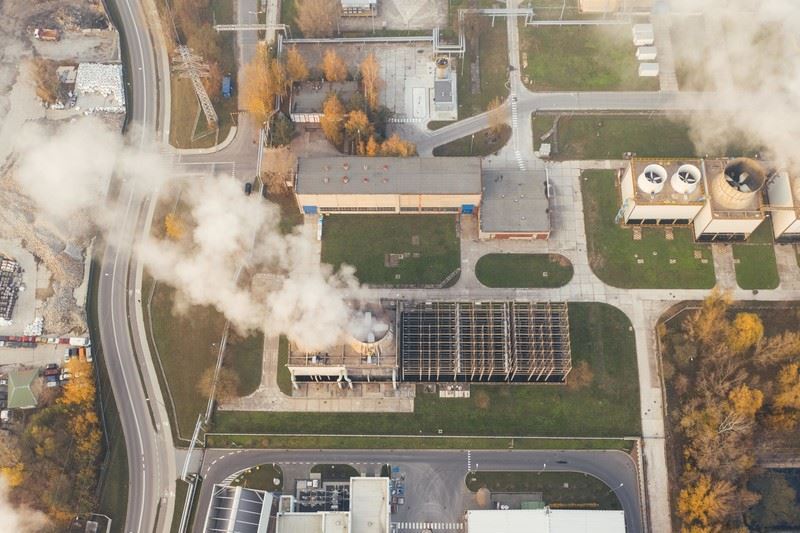

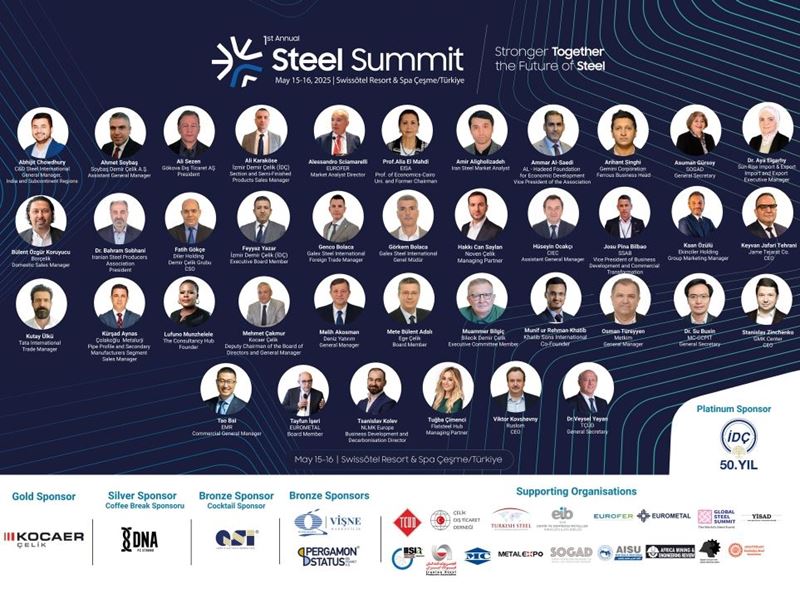
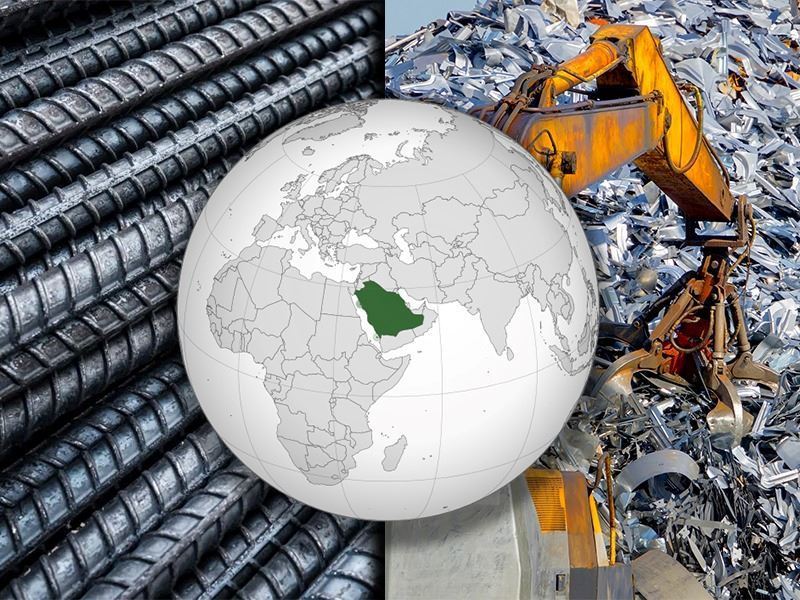

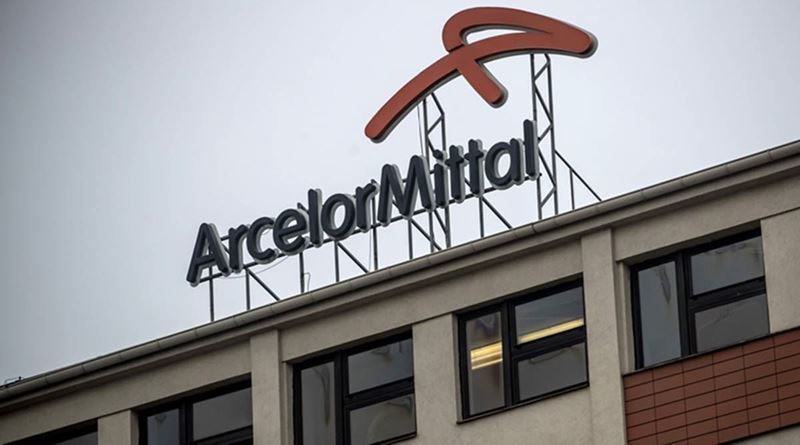
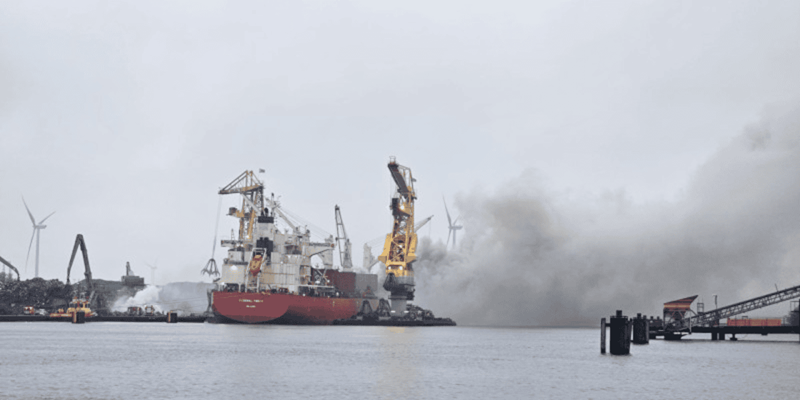


Comments
No comment yet.